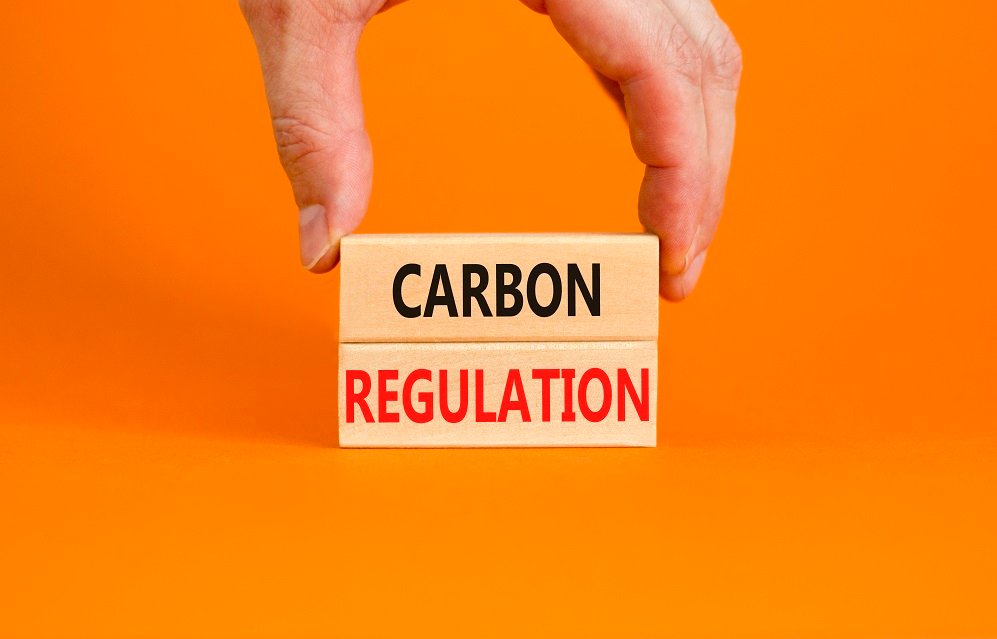On September 6, 2023, the Ministry of Industry and Trade of Vietnam (MOIT) published the Draft Circular on Technical Regulations for Measurement, Reporting and Verification of Greenhouse Gas Emission Reduction and Greenhouse Gas Inventory in the Industry and Trade Sectors (hereinafter “the Draft”) and began public consultation. The Draft, as an implementing regulation of Decree No. 06/2022/ND-CP Providing Regulations on Reduction of Greenhouse Gas Emissions and Protection of the Ozone Layer, provides technical guidance for greenhouse gas (GHG) inventory and GHG emission reduction at the facility level in the industry sector within the control of MOIT. Companies subject to the mandatory GHG inventory are specified in Prime Minister’s Decision No. 01/2022/QD-TTg dated January 8, 2022, which includes 1,662 facilities in the industry and trade sectors.
The Draft can be downloaded at:
https://moit.gov.vn/tin-tuc/thong-bao/lay-y-kien-du-thao-thong-tu-quy-dinh-ky-thuat-do-dac-bao-cao-tham-dinh-giam-nhe-phat-thai-khi-nha-kinh-va-kiem-ke-khi-nh.html
Guidance on GHG inventory
Chapter II, Section 2 (Articles 14–22) of the Draft provides technical guidance for facilities on GHG inventory. The table below lists the GHG emission sources subject to the regulatory inspection.
| GHG emission sources | Details |
|---|---|
| Direct emission sources |
|
| Indirect emission sources |
|
As shown in the table above, the Draft requires the inventory of emission sources corresponding to Scope 1 and Scope 2 of the GHG Protocol. However, it does not go beyond the recommendation with respect to the inventory of GHG emissions corresponding to Scope 3, which covers purchased raw materials, fuels and waste treatment processes, and others. The methodology for calculating GHG emissions from each source is specified in Annex II of the Draft. The emission factors used in the calculation basically follow the list of factors specified by the Ministry of Natural Resources and Environment (MONRE). For all emission sources not included in the list, the most recent guidance of the United Nations Intergovernmental Panel on Climate Change (IPCC) shall be applied.
Facility-level GHG inventories must be prepared every two years starting in 2024, and the first report, for the year 2024, must be submitted to the People’s Committee of the province or city for review by March 31, 2025, along with relevant data. Any revision of the report based on the review shall be completed by December 1, 2025. For the reporting format of the GHG inventory, Form 06 in Annex II of Decree No. 06/2022/ND-CP shall be used.
Guidance on measurement, reporting and verification (MRV) of GHG emission reduction
Chapter III, Section 3 (Articles 27–30) of the Draft provides technical guidance for facilities on MRV for GHG emission reduction. Regulated facilities must first submit a GHG reduction plan for the period of 2026–2030 to MONRE, MOIT and the local People’s Committee by December 31, 2025, in accordance with the GHG emission quotas allocated by MONRE. For the reporting format of such GHG reduction plan, Form 02 in Annex IV of Decree No. 06/2022/ND-CP shall be used. If the submitted plan needs to be modified in the course of its implementation, updates or additions may be made, but must be notified to the relevant ministries.
The methodology for measuring and calculating GHG emission reduction results at the facility level is detailed in Article 28 of the Draft, in which Business as Usual (BAU) scenario for facilities is defined as the expected emission with no GHG emission reduction measures implemented. Specifically, the BAU for a facility is determined based on the following rules:
- The baseline year is determined according to that of the Nationally Determined Contributions (NDC) report. It should be noted that Vietnam’s most recent NDC report, published in 2022, sets the baseline year to 2014.
- The average GHG emissions for the baseline year shall be calculated based on the emissions per product in the case that no GHG emission reduction measures are taken. The products defined in the Draft are referred to as “equivalent products.” For the purpose of calculating the emissions per product, different products produced at a facility are converted into the corresponding “equivalent products” as determined for each facility.
The reporting of the GHG emission reduction results, unlike the process of the GHG inventory, will occur annually from 2026, and the first report must be submitted to MONRE and MOIT by March 31, 2027, along with the results of third-party verification. Regarding these reporting formats, the GHG emission reduction results report must use Form 02 in Annex III of Decree No. 06/2022/ND-CP, while the verification results report must use Annex II.2 of the Draft.
Guidance for waste treatment sector
While the Draft establishes technical guidance for the industry and trade sectors, MONRE has already promulgated the Circular No. 17/2022/TT-BTNMT on Technical Regulations for Measurement, Reporting and Verification of GHG Emission Reduction and GHG Inventory in the Waste Management Sector on December 11, 2022, which came into effect on February 15, 2023. In addition, on August 17, 2023, MONRE published the Draft Circular on the Scope of Economy and Technology for Activities of GHG Inventory and Measurement, Reporting, and Verification in the Waste Management Sector, which invited comments from the public.
The MONRE draft circular mentioned above can be downloaded at:
https://monre.gov.vn/VanBan/Pages/ChiTietVanBanDuThao.aspx?pID=1828
For the waste management sector, the guidance on GHG inventory preparation is nearing completion. Similar guidance is also planned to be developed for the transportation, construction, and agriculture, forestry, and land use sectors under their respective ministries and agencies, in addition to the industry and trade sectors.
 Vietnam publishes draft circular on guidance for GHG inventory and emission reduction for industrial sector
Vietnam publishes draft circular on guidance for GHG inventory and emission reduction for industrial sector 

























